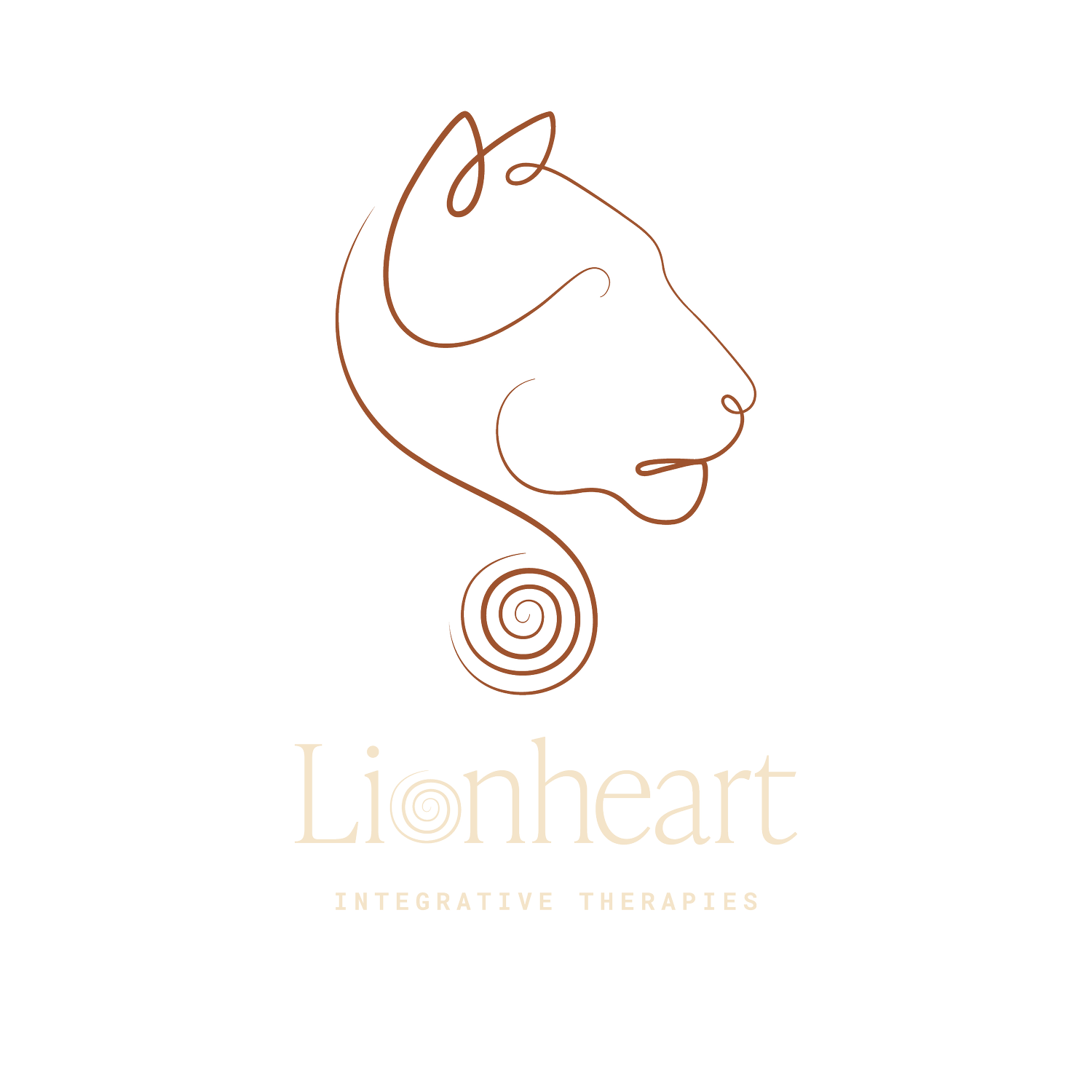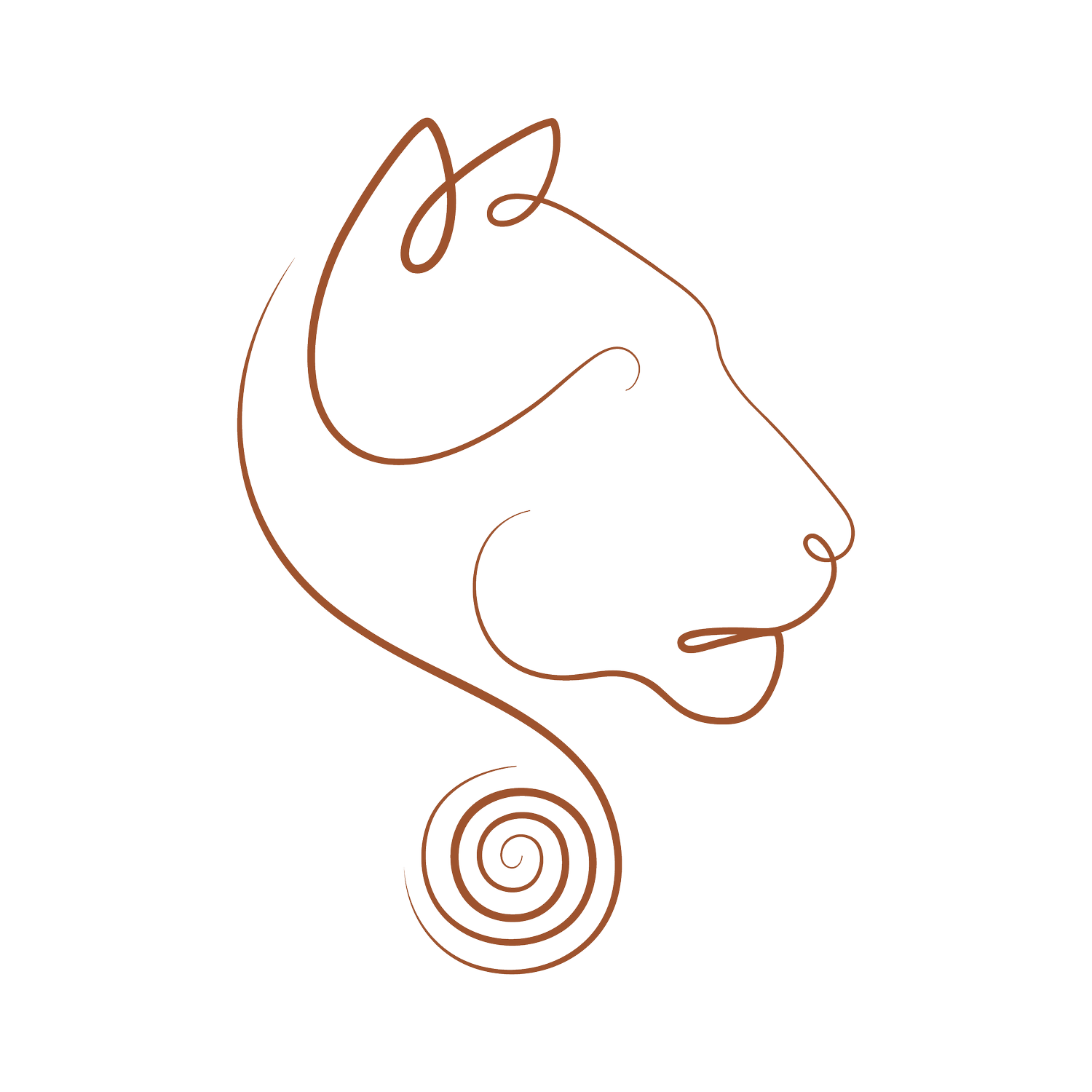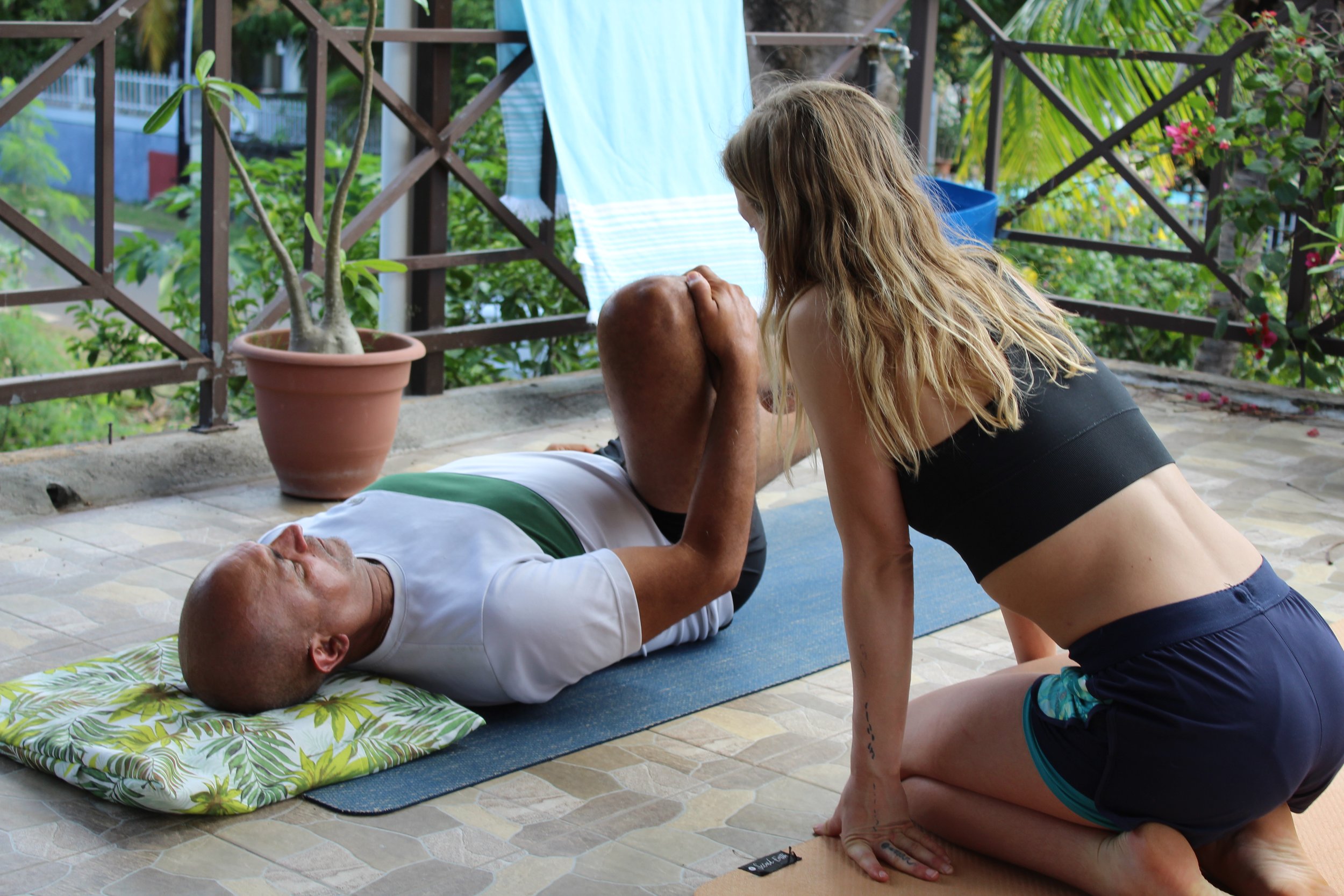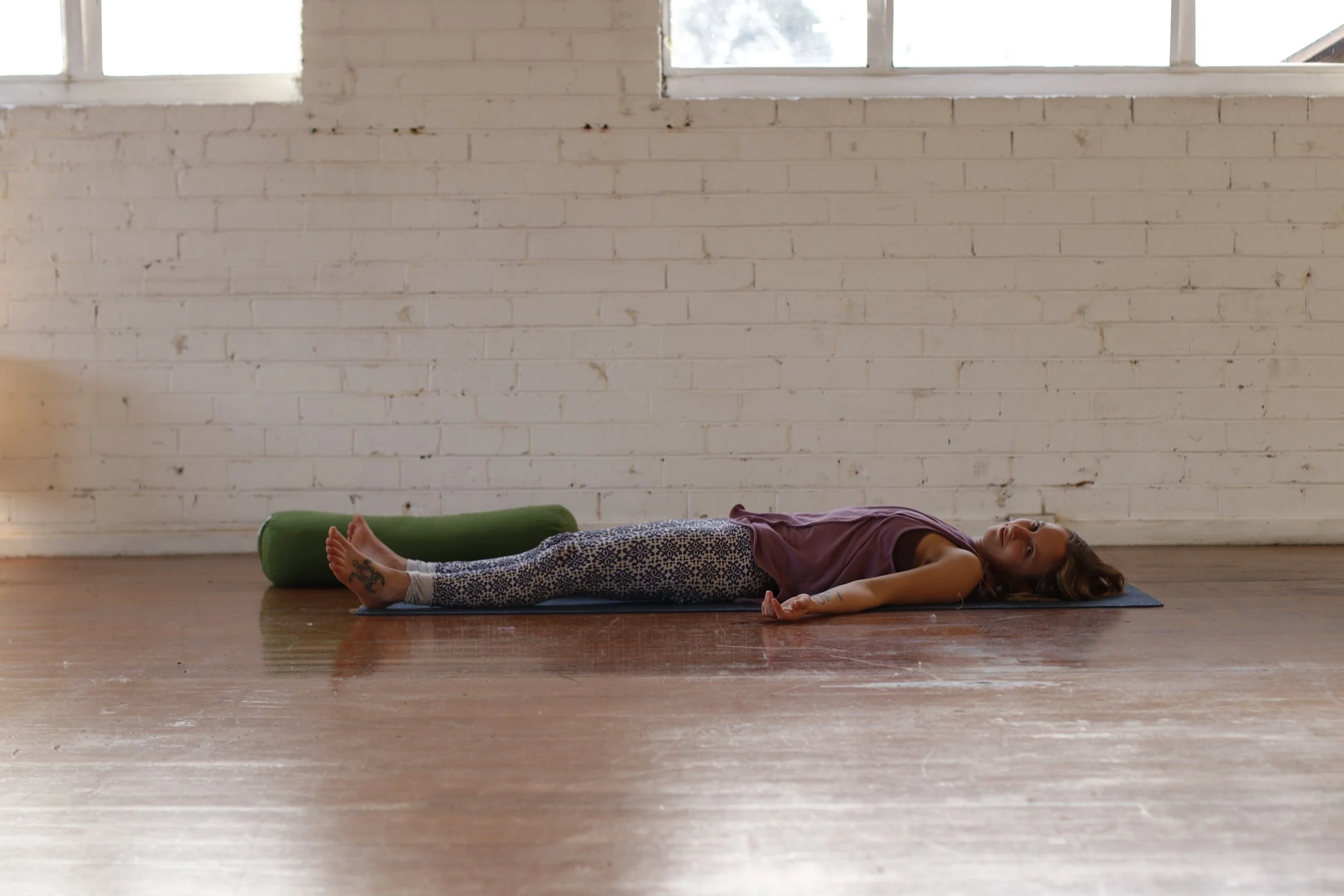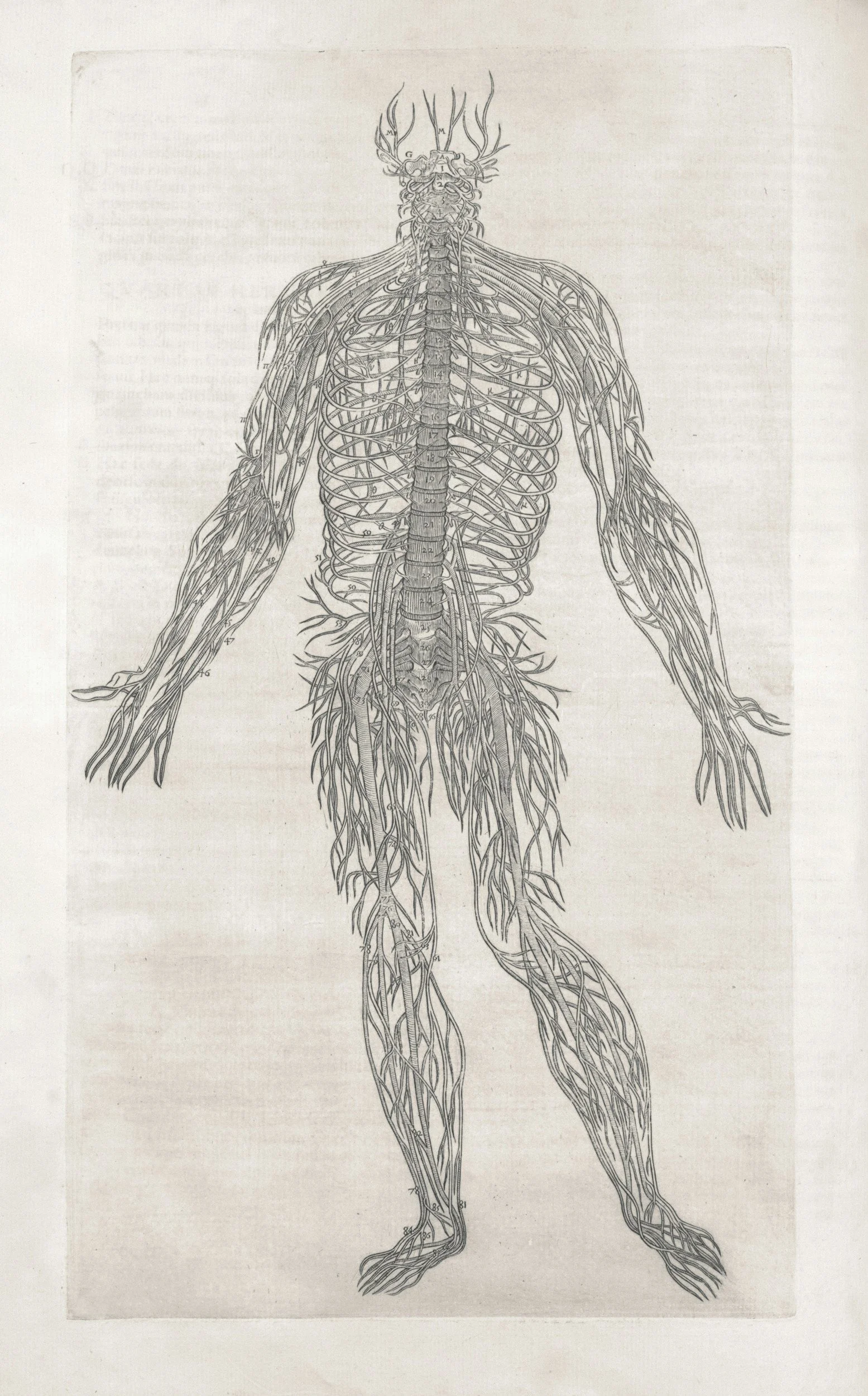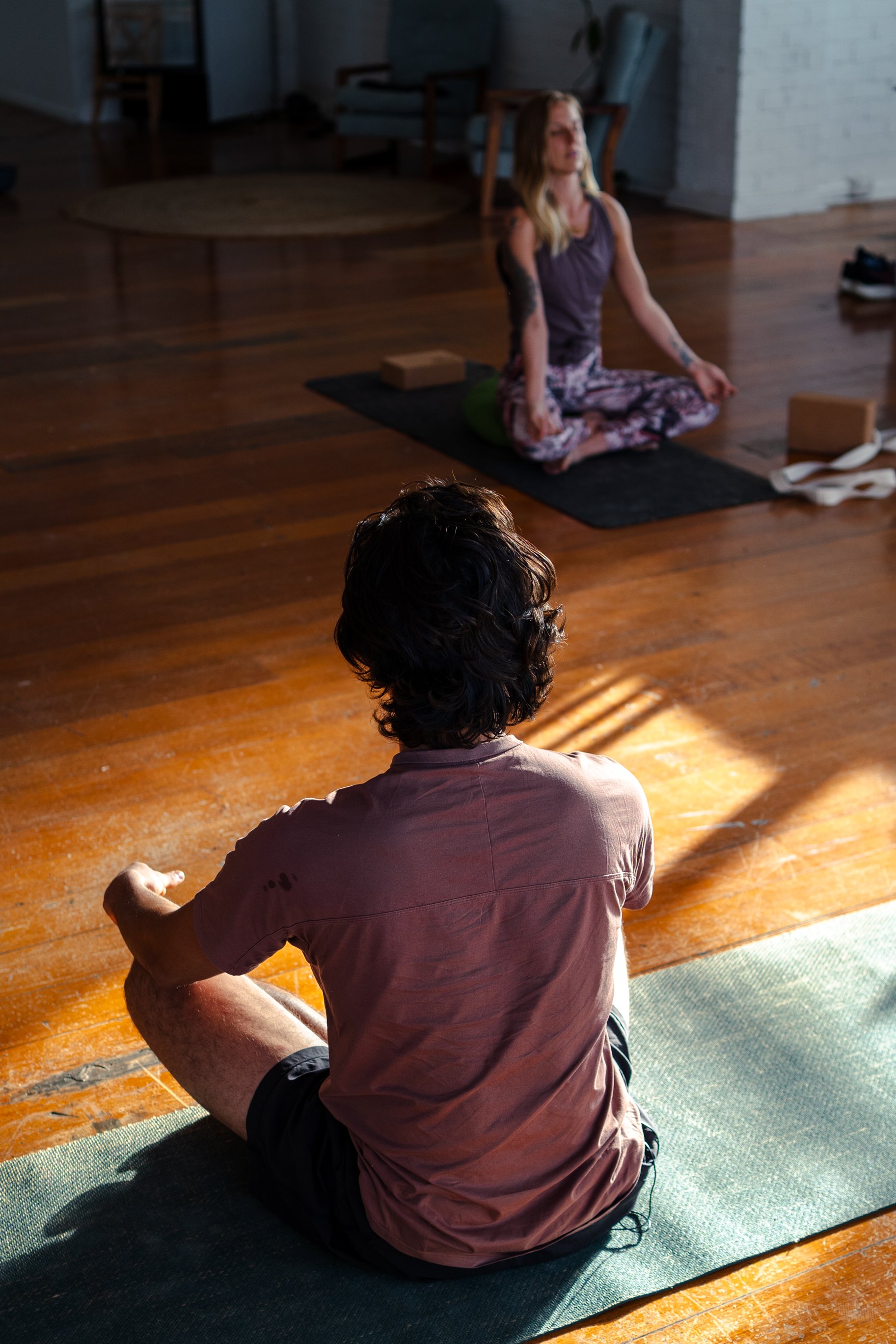The Science & Soul of Rest
How to thrive in an age of overstimulation
Inside this Lion Letter we explore the simple truths of practicing surrendering.
The Biology of Stillness
Our nervous system runs on rhythm, fluctuating between activation and restoration phases. Most people are stuck in the “on” position.
Chronic sympathetic activation drives anxiety, inflammation, poor digestion, and emotional volatility.
Surrendering Is When The Body Rebalances
Every pause sends the same message to your biology: “You’re safe. You can rebuild now”. The science is clear:
Naps as short as twenty minutes enhance learning and emotional regulation through hippocampal-neocortical consolidation (Mednick et al., Nature Neuroscience, 2003).
Brief daytime rest lowers cortisol and restores immune equilibrium (Faraut et al., JCEM, 2011).
Savasana decreases blood pressure and strengthens vagal tone (Patel et al., Int J Yoga, 2018).
Meditation reorganises neural networks and reduces inflammation (Tang, Hölzel & Posner, Nat Rev Neurosci, 2015).
The Cost of Constant Motion
Behind exhaustion lives the body’s whispers to slow down. We’ve been programmed to equate our worth with our output. This leads to over-riding our own intuitive signals to take a break without doing something that correlates to productivity.
Rest As a Discipline
At Lionheart Integrative Therapies, we encourage the discipline of creating a healthy balance between creating tension and release in the body. Being focused in the mind and going with the flow. Exerting effort and inviting ease. When you stop performing constantly, your physiology reorganises, the mind clears, the emotions reconcile & energy releases in the body where it has been stuck.
An Invitation
If you’re reading this whilst feeling a little tired, wired, or caught in the loop of doing too much this is your invitation to slow down.
So today, take ten minutes. Lie on the floor. Close your eyes. Let your breath find its own way. Don’t manage it. Don’t try to be still. Just let your awareness catch up with the real you.
When you give yourself to this mighty pause restoration & vitality will find you.
Experience this in person at our next Meditation
References
Mednick, S. C., Nakayama, K., & Stickgold, R. (2003). Sleep-dependent learning: a nap is as good as a night. Nature Neuroscience, 6(7), 697–698.
Faraut, B. et al. (2011). Napping reverses the salivary interleukin-6 and urinary norepinephrine changes induced by sleep restriction. Journal of Clinical Endocrinology & Metabolism, 96(3), E551–E555.
Patel, N. K., et al. (2018). Immediate effect of shavasana on blood pressure and heart rate variability in hypertensive patients. International Journal of Yoga, 11(3), 205–209.
Tang, Y.-Y., Hölzel, B. K., & Posner, M. I. (2015). The neuroscience of mindfulness meditation. Nature Reviews Neuroscience, 16(4), 213–225.en
